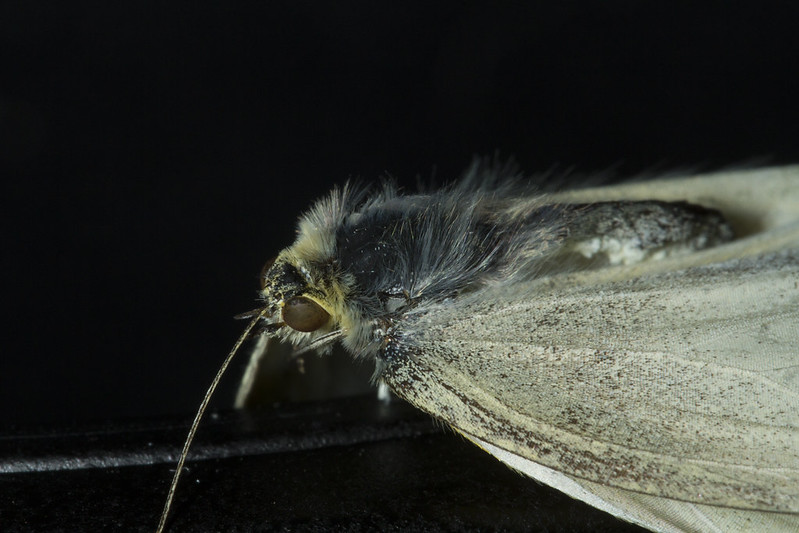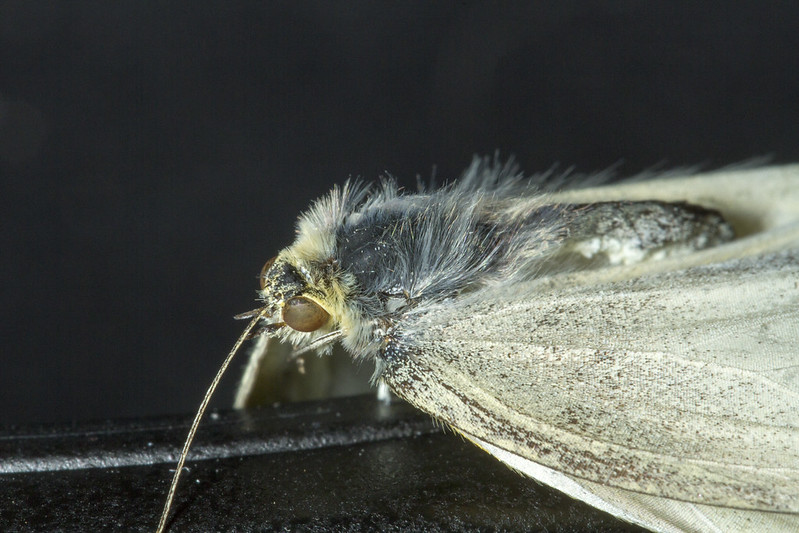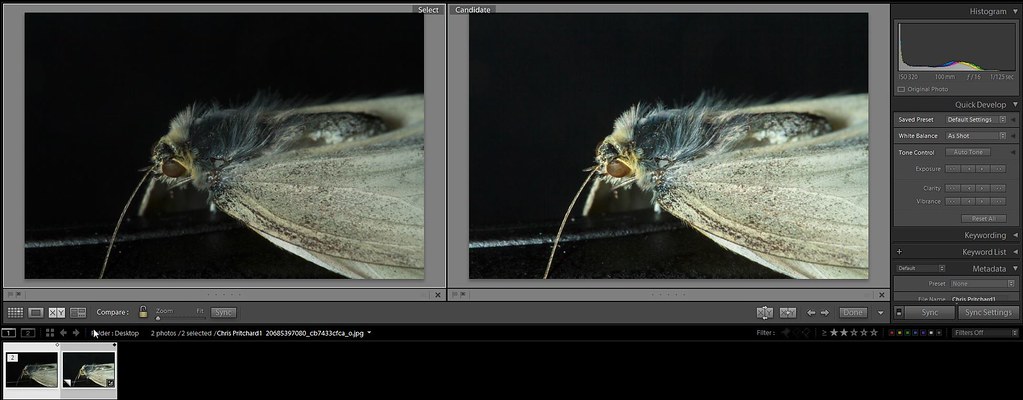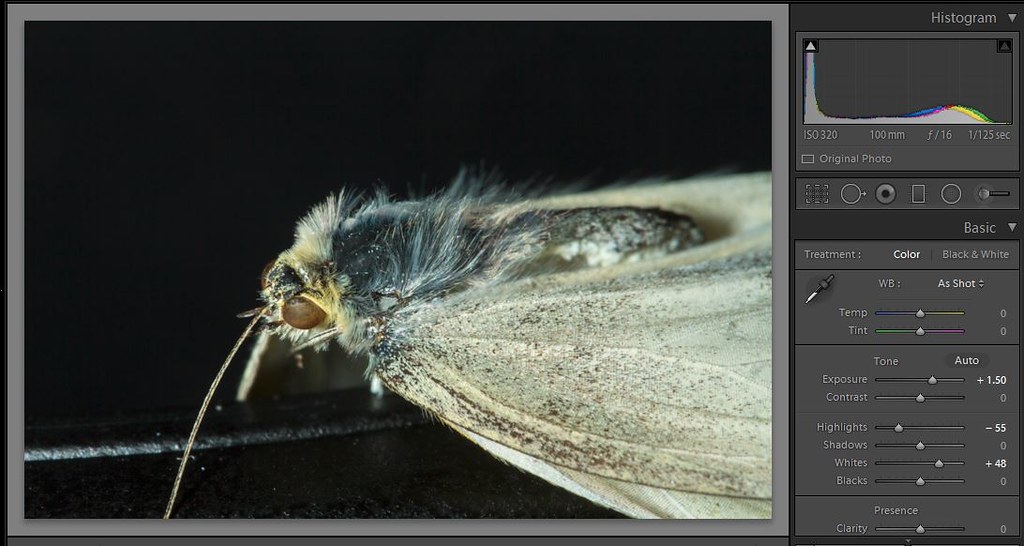- Messages
- 1,527
- Name
- Chris
- Edit My Images
- Yes
Hi all, let me start by thanking all the forum members who have kindly read and commented on my posts so far, much better than I could ever of expected and it has helped me no end.
Being persuaded to go back to basics and slow down I spent a few hours last night taking photos of a knurled plug and coins gauging the DOF I was happy with. Some 200 photos later
I feel comfortable with my findings.
As the weather has been crap today and I an using up some of my holiday days I thought i was use my findings and try out flash compensation and diffusion.
Here are a few of what I feel are the better ones from todays exercise. I kept the aperture around f11 - 16 SS 1/125 and iso between 200 and 340 flash was in the same position to the left of the subject
I am struggling a little to decide between these 4 ?
 Moth Flash Trial006 by Chris_Pritchard1, on Flickr
Moth Flash Trial006 by Chris_Pritchard1, on Flickr
 Moth Flash Trial12 by Chris_Pritchard1, on Flickr
Moth Flash Trial12 by Chris_Pritchard1, on Flickr
 Moth Flash Trial23 by Chris_Pritchard1, on Flickr
Moth Flash Trial23 by Chris_Pritchard1, on Flickr
 Moth Flash Trial25 by Chris_Pritchard1, on Flickr
Moth Flash Trial25 by Chris_Pritchard1, on Flickr
 Moth Flash Trial26 by Chris_Pritchard1, on Flickr
Moth Flash Trial26 by Chris_Pritchard1, on Flickr
Any thoughts, advice is gratefully appreciated.
Many thanks as always
Chris
Being persuaded to go back to basics and slow down I spent a few hours last night taking photos of a knurled plug and coins gauging the DOF I was happy with. Some 200 photos later
I feel comfortable with my findings.
As the weather has been crap today and I an using up some of my holiday days I thought i was use my findings and try out flash compensation and diffusion.
Here are a few of what I feel are the better ones from todays exercise. I kept the aperture around f11 - 16 SS 1/125 and iso between 200 and 340 flash was in the same position to the left of the subject
I am struggling a little to decide between these 4 ?
 Moth Flash Trial006 by Chris_Pritchard1, on Flickr
Moth Flash Trial006 by Chris_Pritchard1, on Flickr Moth Flash Trial12 by Chris_Pritchard1, on Flickr
Moth Flash Trial12 by Chris_Pritchard1, on Flickr Moth Flash Trial23 by Chris_Pritchard1, on Flickr
Moth Flash Trial23 by Chris_Pritchard1, on Flickr Moth Flash Trial25 by Chris_Pritchard1, on Flickr
Moth Flash Trial25 by Chris_Pritchard1, on Flickr Moth Flash Trial26 by Chris_Pritchard1, on Flickr
Moth Flash Trial26 by Chris_Pritchard1, on FlickrAny thoughts, advice is gratefully appreciated.
Many thanks as always
Chris


 Moth Flash Trial038
Moth Flash Trial038


 also a calibrated monitor will help greatly a good friend of mine explained the benefits of this to me over a couple of pints of cobra followed by a great curry
also a calibrated monitor will help greatly a good friend of mine explained the benefits of this to me over a couple of pints of cobra followed by a great curry